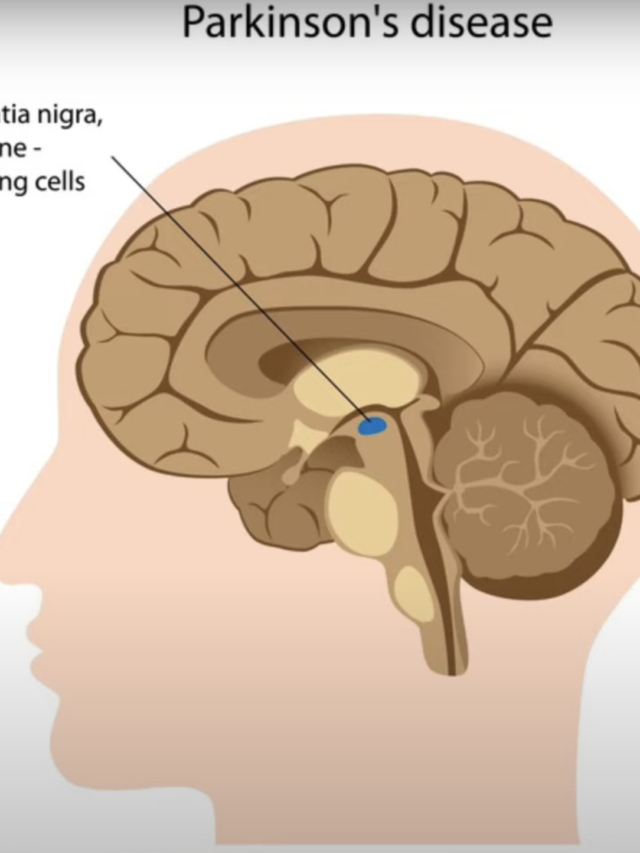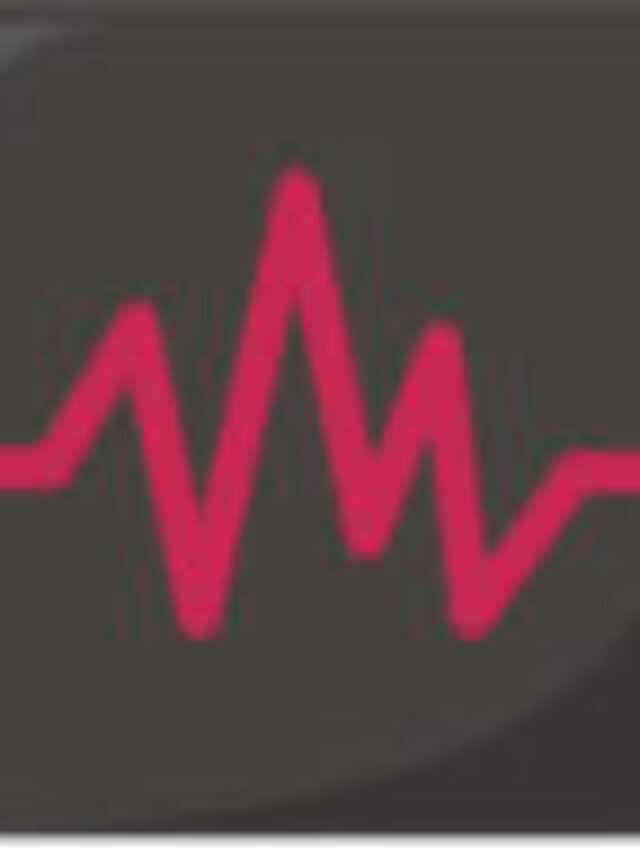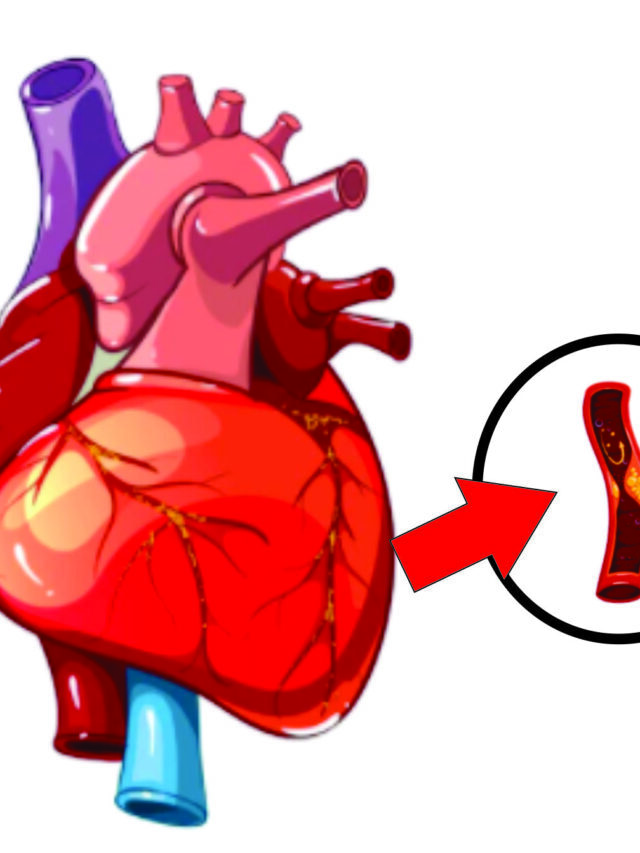Epilepsy Symptoms | Signs and Symptoms Which Require Attention
Epilepsy is caused by abnormal activity in brain cells, seizures can affect any process that brain co-ordinates. Both partial and generalized seizures at the same time,
or one can precede the other. The epilepsy symptoms can last anywhere from a few seconds to 15 minutes per episode. Sometimes, symptoms occur before the seizure takes place. These include:
- A sudden feeling of fear or anxiousness,
- A feeling of being sick to your stomach,
- Dizziness,
- A change in vision,
- A jerky movement of the arms and legs that may cause you to drop things,
- An out of body sensation,
- A headache.
Epilepsy Symptoms
a seizure is in progress include:
- Losing consciousness, which is followed by confusion,
- Having uncontrollable muscle spasms,
- Drooling or frothing at the mouth,
- Falling,
- Having a strange taste in mouth,
- Clenching teeth,
- Biting of tongue,
- Having sudden, rapid eye movements,
- Making unusual noises, such as grunting,
- Losing control of bladder or bowel function,
- Having sudden mood changes.
Epilepsy FAQ
Tests and Diagnosis For Epilepsy
Physical examination: Physical examination helps in the diagnosis of specific epileptic syndromes that cause abnormal findings, such as dermatologic abnormalities. In addition, patients who for years have had intractable generalized tonic-clonic seizures are likely to have suffered injuries requiring stitches. Several tests to diagnose epilepsy and determine
the cause of seizures includes
Neurological examination: A neurological examination looks at how well brain and the rest of nervous system are functioning and may test behaviour, motor abilities, mental function and other areas to diagnose condition and determine the type of epilepsy.
Blood tests: There are a number of blood tests that may be recommended to check for signs of infections, genetic conditions or other conditions like electrolyte imbalances which may be associated with seizures.
Electroencephalogram (EEG): An electroencephalography test can help to diagnose a seizure. These tests measure brain waves. Viewing brain waves during a seizure can help to diagnose the type of seizure.
Neuroimaging: Imaging scans such as a Computerized tomography (CT) scan, Magnetic resonance imaging (MRI), Functional MRI (fMRI), Positron emission tomography (PET) or Single-photon emission computerized tomography (SPECT) also can help by providing a clear picture of the brain. These scans allow to see abnormalities like blocked blood flow or a tumor.
Neuropsychological tests: These tests are performed to assess thinking, memory and speech skills. The test results help to determine which areas of brain are affected.
Treatments and Drugs For Epileptic Seizures
Note: Please Consult A Doctor ,This Blog Is Only For Education And Information Purpose Only
The majority of epileptic seizures are controlled through drug therapy, particularly anticonvulsant drugs. The type of treatment prescribed will depend on several factors
including the frequency and severity of the seizures as well as the person’s age, overall
health, and medical history. An accurate diagnosis of the type of epilepsy is also
critical to choosing the best treatment. The different antiepileptic drugs (AEDs)
act by affecting one or more of these processes. Specific mechanisms of action of the AEDs include:
-
Modulation of voltage dependent ion channels: Carbamazepine, Phenytoin, Valproic acid.
- Enhancement of activity of the major inhibitory neurotransmitter in the brain, GABA: Phenobarbital, Benzodiazepines, Tiagabine.
- Suppression of excitatory neurontransmission: Lamotrigine, Felbamate.
- Surgery: Surgery includes removal of the area of brain causing the seizures.
- Other therapies: Vagus nerve stimulation: The vagus nerve is stimulated to reduce the frequency and intensity of seizures. This can be suitable for some people with seizures that are difficult to control with medication. Ketogenic diet: A diet very high in fat, low in protein and almost carbohydrate free. This can be effective in the treatment of difficult to control seizures in some children.
| Primary Generalized Tonic-Clonic | Partial* | Absence | Atypical Absence, Myoclonic, Atonic |
|---|---|---|---|
| First-Line | |||
| Valproic acid Lamotrigine Topiramate | Carbamazepine Phenytoin Lamotrigine Valproic acid | Valproic acid Ethosuximide | Valproic acid Lamotrigine Topiramate |
| Alternatives | |||
| Zonisamideb Phenytoin Carbamazepine Oxcarbazepine Phenobarbital Primidone Felbamate | Levetiracetam** Topiramate Tiagabine** Zonisamide** Gabapentin** Phenobarbital Primidone | Lamotrigine Clonazepam | Clonazepam Felbamate |
| | | 1. “Grand Mal” or Generalized tonic-clonic | Unconsciousness, convulsions, muscle rigidity. |
| | | 2. Absence | Brief loss of consciousness. |
| Generalized seizures (Produced by the entire brain) | 3. Myoclonic | Sporadic (isolated), jerking movements. |
| | | 4. Clonic | Repetitive, jerking movements |
| | | 5. Tonic | Muscle stiffness, rigidity. |
| | | 6. Atonic | Loss of muscle tone. |
| ---------------------------------- | ----------------------------- | ----------------------------------------------------------------- |
| | | 1. Simple (awareness is retained) | |
| | | a. Simple motor | Jerking, muscle rigidity, spasms, head-turning. |
| Focal (partial) seizures (Produced by a small area of the brain) | b. Simple sensory | Unusual sensations affecting either the vision, hearing, smell taste, or touch. |
| | | c. Simple psychological | Memory or emotional disturbances. |
| | | 2. Complex (Impairment of awareness) | Automatisms such as lip smacking, chewing, fidgeting, walking and other repetitive, involuntary but co-ordinated movements. |
| | | 3. Partial seizure with secondary generalization | Symptoms that are initially associated with a preservation of consciousness that then evolves into a loss of consciousness and convulsions.. |
| Unclassified seizure | 1. Neonatal seizures 2. Infantile spasms |
Related
Epilepsy | What Causes Epilepsy And Its Pathophysiology
Epilepsy | Classification And Epidemiology of Epileptic Seizures | FAQ





